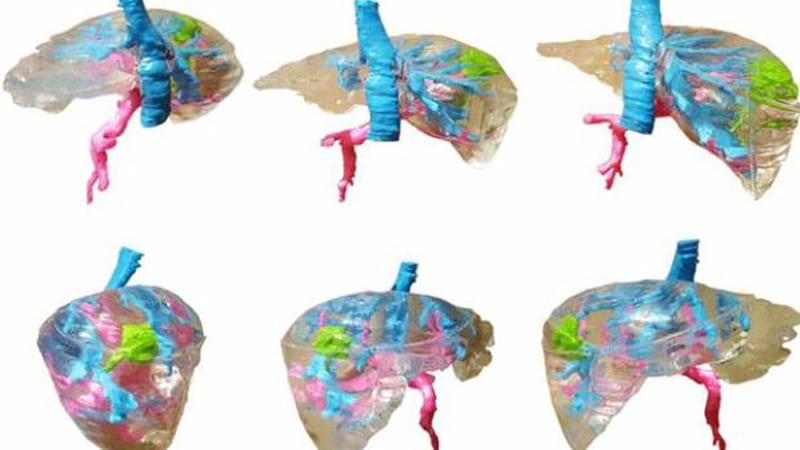A group of analysts from the Jagiellonian University Medical College in Krakow, Poland have effectively 3D printed a preoperative arranging model of a human liver for just $150. The examination extend serves to exhibit that 3D printed tolerant particular surgical models can be made at a reasonable cost utilizing available 3D printing advances.
Lately, the medicinal group has come to perceive the advantages of utilizing patient-particular anatomical models to help get ready and plan for surgeries and additionally to help patients comprehend the methods they will experience. Naturally, 3D printing has been a major some portion of making these medicinal models, as the innovation is perfect for little bunch manufacture of complex articles.
As the analysts contend, in any case, the execution of 3D printed preoperative models in healing facilities has been to some degree restricted because of the high cost of modern 3D printers and the multifaceted nature of certain 3D demonstrating programming programs. With an end goal to present a more available option, the examination group, drove by Jan Witowski, has exhibited a technique that utilizations reasonable FDM 3D printing innovation, open-source programming, and silicone throwing to make nitty gritty, quiet particular models.
The exploration, which was as of late distributed here, exhibits this technique through the assembling of a liver model, to be utilized as a part of the preoperative getting ready for a laparoscopic liver hemihepatectomy for colorectal disease metastases. “This paper introduces a financially savvy method of 3D printed liver models that creates the shape and the majority of the structures, including the vessels and the tumor, which in the present case is colorectal liver metastasis,” peruses the dynamic.
To make the 3D printed liver model, the scientists initially got a CT sweep of the patient’s liver, which they portioned, changed into 3D models, and in this way, 3D printed utilizing a FDM 3D printer and PLA fiber. As per the group, the liver model parts took around 72 hours to print and were executed in six print occupations. Once the pieces were printed, they experienced some post preparing to guarantee smooth surfaces.
